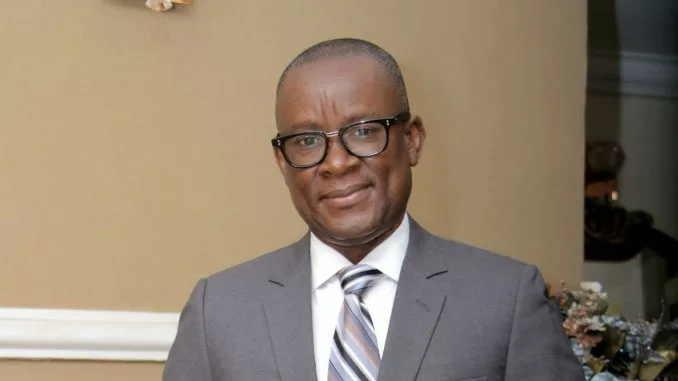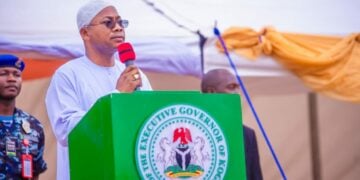The federal government has announced plans to collaborate with the Bank of Industry (BoI) and other stakeholders to tackle the estimated $4 billion Nigerians spend annually on imported clothing, as part of broader efforts to resuscitate the country’s ailing garment and textile sector.
Minister of State for Industry, Trade and Investment, John Enoh, who disclosed this, said the government would also work closely with key financial institutions to ease access to finance and machinery for local garment and textile enterprises. He emphasized the government’s renewed commitment to reviving the comatose textile industry and boosting Made-in-Nigeria goods.
Enoh acknowledged the pressing challenges of infrastructure and finance that have long plagued the sector. However, he noted that the recently launched Industrial Revolution Work Group would be instrumental in tailoring targeted interventions to address these bottlenecks.
“We must ask ourselves: do we prioritise cotton, textile, or garments? The reality is that garments stimulate the entire chain,” he said, citing countries like Bangladesh and Kenya, which developed strong garment export markets before investing in upstream production.
Speaking at a stakeholders’ forum themed “Co-Creating Solutions to Grow CTG Industry in Nigeria”, participants emphasized the urgency of finalizing a revival roadmap for the industry. They decried inconsistent policies that have crippled growth and called for stable long-term planning.
Textile industry expert, Navdeep Sodhi of Afroconsulting Trade and Services Limited, described the sector as a cornerstone for development in emerging economies. He stated that globally, over 100 million people are directly employed in textiles and clothing, with millions more in the value chain.
Nigeria, he said, leads the ECOWAS sub-region with a textile market worth about $7 billion—yet more than 90 percent is dominated by cheap imports entering through grey channels.
“This trend robs Nigeria of significant revenue and employment opportunities,” Sodhi said. He called for a national vision for 2035 to rebuild a $10 billion textile and clothing industry, backed by strong political will. He also advocated for incentives including VAT and import duty holidays, and measures to improve cost competitiveness and ensure affordability of locally produced textiles.
Also speaking, president of the Garment and Accessories Manufacturers Association of Nigeria, Adenike Ogunlesi, lamented the heavy dependence on imported clothing. Despite a domestic apparel market valued at $6.8 billion, she noted that Nigeria’s ready-to-wear segment contributes a mere two percent to the nation’s GDP.
“All past efforts to revive the industry have fallen short,” Ogunlesi said. “If we could capture just 10 percent of Bangladesh’s export market, we’d generate $3.3 billion in exports and create over a million jobs here.”
To turn the tide, stakeholders urged the government to consider policy models from neighbouring countries that offer concessional power to textile manufacturers. They stressed the need to reactivate the Cotton, Textile and Garment (CTG) Fund under BoI and invest in world-class industrial parks to accommodate integrated factories. Such steps, they argued, would help retool existing firms and attract fresh investment into the sector.




